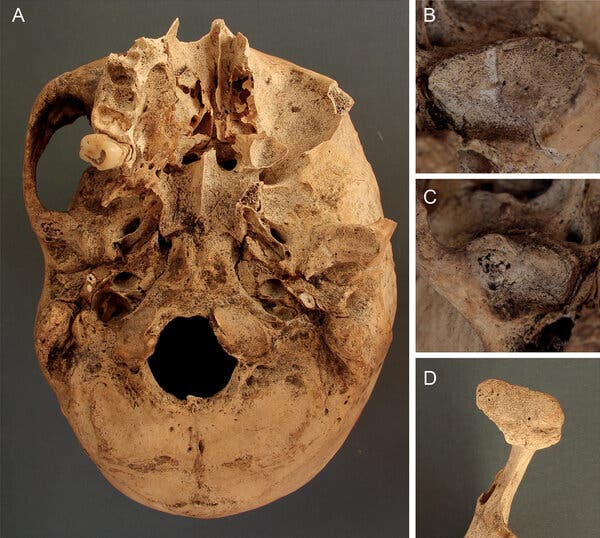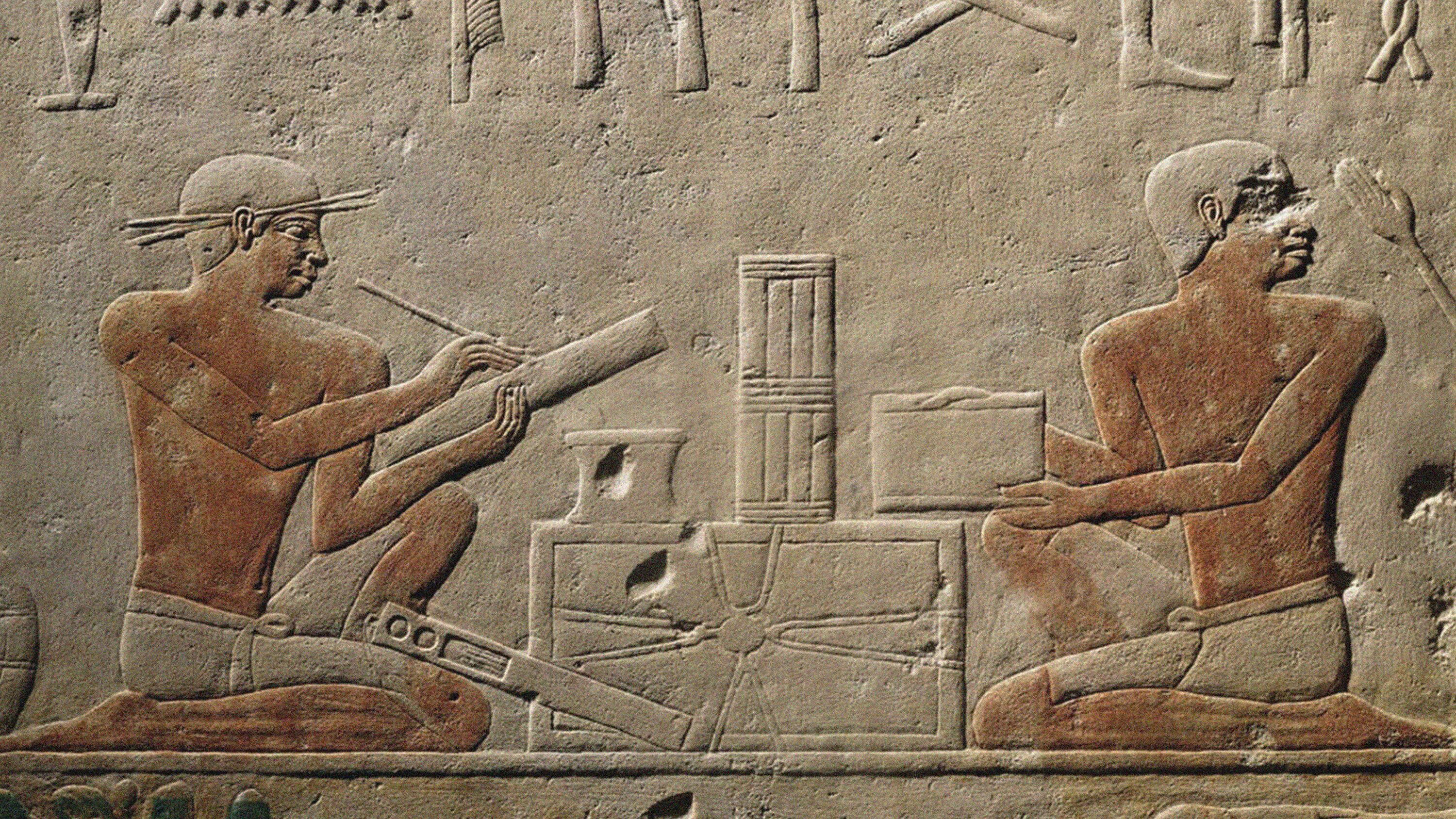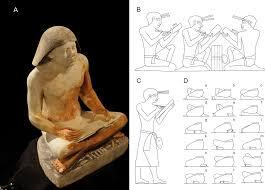Ancient Egyptian scribes suffered ergonomic injuries, too. Poor posture and repetitive tasks may have caused degenerative changes in their joints, spines and jaws, a new.
The scriveners of ancient Egypt were more than papyrus pushers, but they suffered many of the same repetitive ailments as desk jockeys today, a new study suggests.
We tend to think of scribes as being in the mold of Bartleby the Scrivener, the eponymous Wall Street law clerk in Herman Melville’s 1853 short story. Working “silently, palely, mechanically,” Bartleby is an industrious employee who consumes legal documents “as if long famishing for something to copy” — before he eventually turns into an inscrutable refusenik who is relegated to a desk behind a screen that looks out at a brick wall.
In ancient Egypt, scribes were more than dreary papyrus-pushers. By and large, they were dignitaries, ranked above artisans and merchants but below priests and nobles.
Their status derived chiefly from their literacy, a skill still in its infancy during the Old Kingdom, 4,200 to 4,700 years ago. Influential families sent their teenage sons to train for entry-level jobs at the royal court, where they performed vital administrative functions, such as drawing up contracts, measuring fields for tax purposes and recording the biennial cattle census. There were few if any female scribes.
For all their prestige, the scribes of the third millennium B.C. faced many of the same occupational hazards as the desk jockeys and keyboard warriors of today. A new study in the journal Scientific Reports found that the repetitive tasks carried out by Pharaonic-era scriveners, and the postures that they assumed while scrivening, might have caused degenerative changes in their joints, spines and jaws.

Museum and university researchers from the Czech Republic examined the remains of 69 adult male skeletons buried from 2700 to 2180 B.C. in a necropolis in Abusir, a complex of pyramids and tombs a few miles south of Cairo. Thirty of the deceased were presumed to have been scribes, judging by their burial location, inferred social rank, or, in six cases, titles found in their tombs.

The skeletons of the scribes were compared with those of 39 non-scribes from the same region and time period. “These 39 individuals belonged to the lower strata of society,” said Veronika Dulikova, an Egyptologist at Charles University in Prague and an author of the new paper. “They were buried in humble, mud-brick tombs with a simple niche instead of an inscribed false door, as in the case of members of the elite.” False doors were believed to act as portals between the afterlife and the living world, allowing the soul of the deceased to freely enter and exit the tomb.
The scribes and non-scribes differed only slightly in most skeletal traits. But the scribes almost always exhibited a higher incidence of conditions such as osteoarthritis, in which joint tissues break down over time, the researchers discovered.

The condition was found in joints connecting the lower jaw to the skull, the right collarbone, the right shoulder, the right thumb, the right knee and the spine — especially in the neck.Petra Brukner Havelkova, an anthropologist at the National Museum in Prague and the lead author of the study, conceded that some of the changes might have been related to the advanced age of some of the scribes. But, she added, the results squared with artistic depictions of Egyptian scribes, where they are in cross-legged or one-legged squatting postures, atop a pile of grain or counting prisoners of war.
“In a typical scribe’s working position, the head had to be bent forward and the arms were unsupported, which changed the center of gravity of the head and put stress on the spine,” Dr. Brukner Havelkova said. Her team’s analysis also revealed signs of strain on the humerus and left hip bone, as well as depressions in the kneecaps and deterioration in the right ankle.

Since much of the damage was centered on the skeletons’ right sides, the team theorized that scribes frequently squatted on their right legs, which could explain why their right knees were a particularly common point of osteoarthritis.
“It is very likely that while specific positions varied, there could have been a general tendency for an individual to revert to a preferred position,” Dr. Brukner Havelkova said. “Based on the iconography and statues, we can assume that scribes wrote with their right hands and rolled the papyrus scroll left-handed.”

Thankyou for the Scheduled Quality Ample Time.
